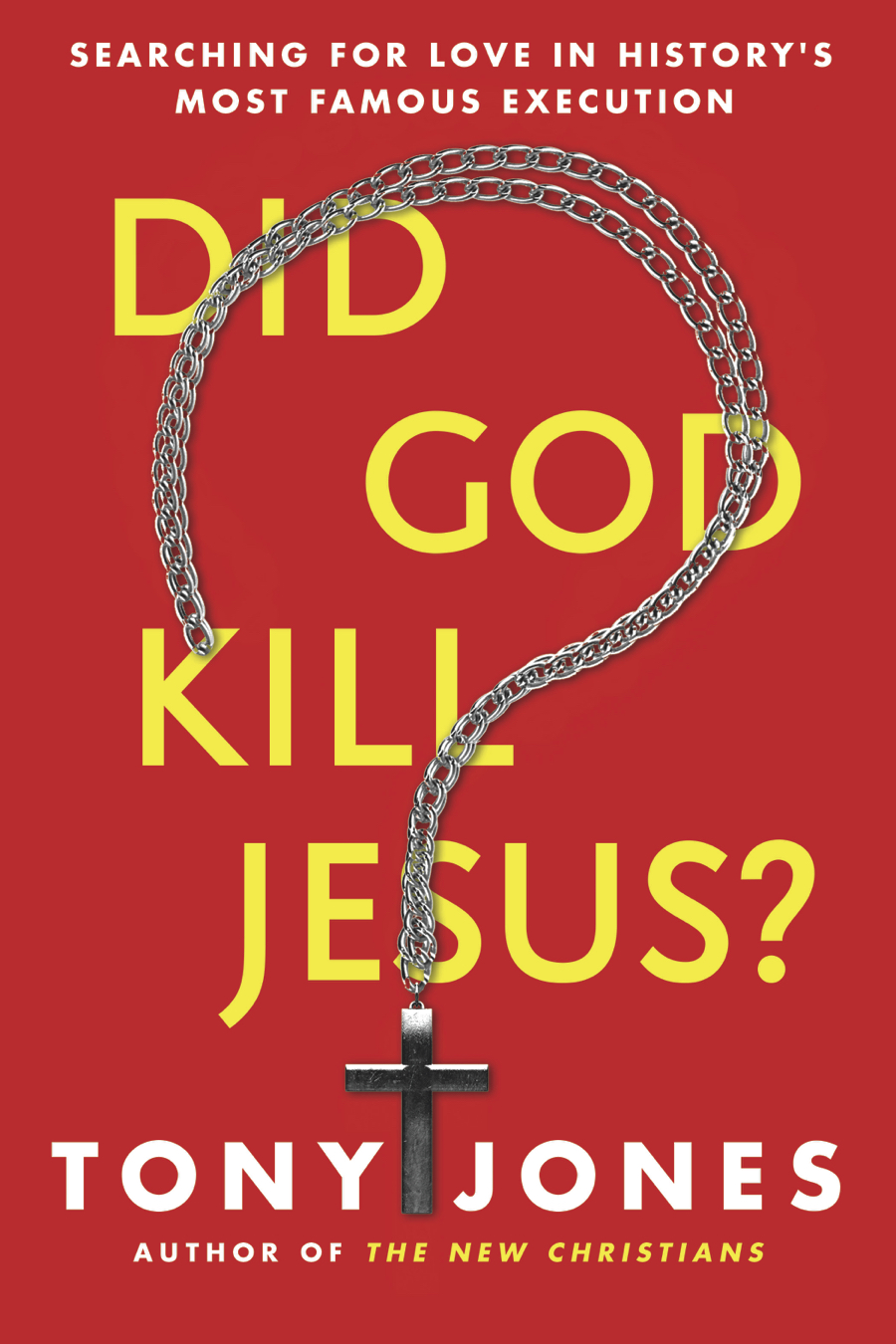This post is part of the Patheos Book Club. Check out the Book Club for more posts on this book, an interview with the editor, and for responses from other bloggers and columnists.
As I am wont to do, I’ll begin with my quibbles. These aren’t letters to a future church, as the book’s title promises. They are letters to the church today. Actually, I’d be very intrigued by a book of letters to the church 100 or 1,000 years from now. But that’s not this book.
This book is a group of letters by Christian leaders to the church today, telling the church what it’s doing wrong and how to fix it. As with many multi-author books, it’s hit and miss. For my part, the spoken word poetry doesn’t work in print. But other letters are great.
Among the latter is David Fitch’s “The Ideologizing of the Church”:
We get distracted from the fact that things haven’t really changed at all, that our lives are caught up in gamesmanship, not the work of God’s salvation in our own lives and his work (missio dei) to save the world.
But, I think the very best of this book is three letters that lie at its center:
In an arrangement that I can only guess is the work of my friend, David Zimmerman (editor at IVP), letters from Tim Challies and Peter Rollins sit back-to-back. Challies letter seems to be driven by the very thing that drives the character Bob in The Big Kahuna to share the gospel, no matter the inappropriateness of the situation.
Challies, an ultra-right blogger, spends seven pages telling us what the Four Spiritual Laws is able to say in a tract. I can only imagine his motivation: Pete Rollins and Dave Fitch wrote in this book, so there will probably be some emergents reading it; therefore, I should explicate the penal substitutionary gospel to them. Challies cannot possibly believe that the readers of this book — assumedly church leaders — are ripe for the gospel. But, as he writes, the word does not come back void, so might as well throw some against the wall and see what sticks.
The very next chapter, by Rollins, exhorts the church not to get caught up in a web of abstractions, even if these abstractions are self-deprecatory. As is Pete’s wont, his letter is peppered with parables and Kierkegaard.
But, I think that the very best letter in the book is one of the shortest. In just two pages, James Shelley writes, “The Fulcrum and the Linchpin” about biblical interpretation. Here’s the money quote:
Dear Church, at some point you must recognize and name your camps and denominations for what they truly are: self-affirming cloisters of people who are happily comfortable with their self-validating presuppositions about Scripture.
Right on, James.












